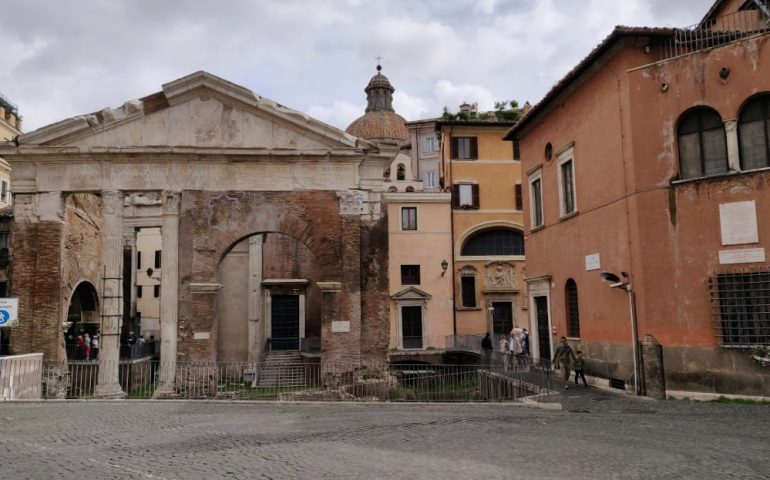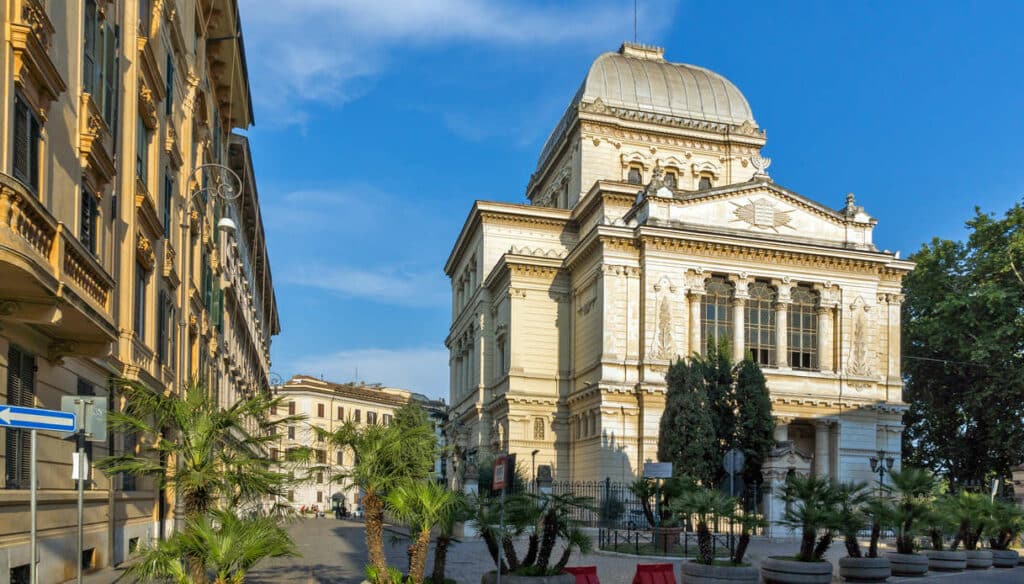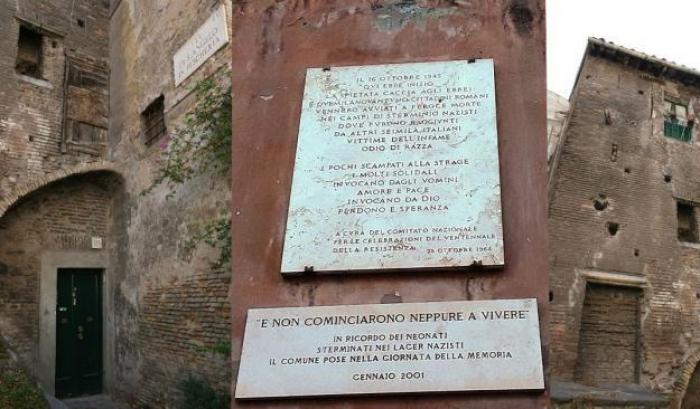The Jewish quarter of Rome is one of the oldest in the world
The ghetto of Rome, also known as the Jewish quarter, is one of the oldest in the world and was born about 40 years after that of Venice, which historically was the first. It is located in the picturesque Sant’Angelo district, where the Tiber Island also stands.

The word derives from the name of the Venetian district, gheto, where there was a foundry (precisely gheto in Venetian), where the Jews of that city were forced to reside. Another possible etymology traces the origin of this word back to the Hebrew ghet, which means separation.
The area that the Romans today refer to as the “ghetto” is bordered by Via Arenula, Via dei Falegnami, Via de’ Funari, Via della Tribuna di Campitelli, Via del Portico d’Ottavia and Lungotevere de’ Cenci. The historic ghetto was, on the other hand, much smaller and more or less located between the current via del Portico d’Ottavia, piazza delle Cinque Scole and the Tiber.
On July 12, 1555, Pope Paul IV revoked all the rights granted to Roman Jews and ordered the establishment of the ghetto, called the “menagerie of the Jews”, making it rise in the Sant’Angelo district. The Jewish community in classical antiquity lived in the Aventine area and in Trastevere.
In addition to the obligation to reside within the ghetto, the Jews had to wear a badge that made them always recognizable: a cap for men, another sign of recognition for women, both light blue. Furthermore, they were forbidden to engage in any trade except that of rags and used clothes.
The events of the Jews in Rome went on, with ups and downs, and in 1870 the ghetto was abolished.
After 20 September 1870, Roman Jews also established their residence in other areas of the city, while maintaining a particular attachment to the old ghetto area.
In 1888, with the implementation of the new regulatory plan of the capital, most of the ancient narrow streets and old buildings of the former ghetto, unhealthy and lacking in toilet facilities, were demolished. In 1889 a competition was announced for the construction of the new synagogue. The works, which began in 1901, ended in 1904 and on 29 July the Tempio Maggiore in Rome was inaugurated.

On October 16th 1943, the Nazis raided the former ghetto. Over a thousand Jews were captured (a census was made years earlier by the Mussolini government). Departments of the SS kidnapped numerous people, especially in via del Portico d’Ottavia. Many people were forcibly taken from one of the two Renaissance palaces in the street, at number 13, called “il portonaccio”.

The prisoners were locked up in the Military College of Palazzo Salviati in via della Lungara. Transferred to the Tiburtina railway station, they were loaded onto a convoy of 18 cattle wagons. The convoy, which left on October 18th, arrived at the Auschwitz concentration camp on the 22nd. Of the 1,023 deportees, only 16 managed to survive.
